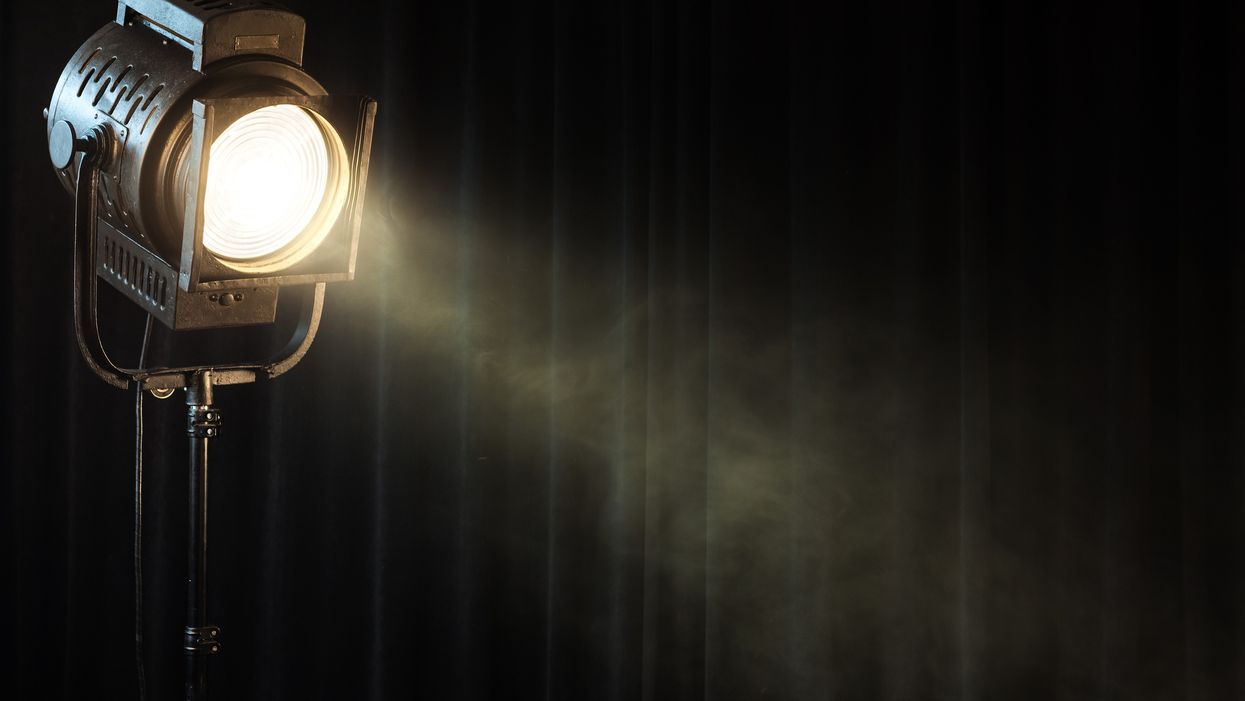Watch: Why is Three-Point Lighting the Filmmaking Standard?
Ever wonder why everyone and their mom uses three-point lighting?

When I took my first class on lighting a scene, three-point lighting was the first method I learned. Whether you went to film school or studied on your own, the same is probably true for you, because it's one of the most basic and widely used methods of lighting. But how many of us know exactly where the concept of using a key, fill, and backlight comes from? Well, in the video below, Sareesh Sudhakaran of wolfcrow gives a thorough explanation of three-point lighting's origins, as well as how and why (or why not) to use it in your own films:
So, where did the idea of three-point lighting come from? According to Sudhakaran, its origins are from the sun itself. The sun is the world's natural key light, providing us with enough light to properly expose an image, and surfaces that reflect the sun's light act as fills and backlights.
But this is more than a history lesson; we need to understand both the importance of three-point lighting and its limitations. First of all, this method addresses the three most common issues you face when lighting a scene: exposure, filling shadows, and separating subjects from the background.

However, it's certainly not going to be the best lighting choice for every shot. In fact, Sudhakaran warns against using the three-point lighting setup to create a checklist of lights that need to be used, advising instead to make sure your choices are motivated. Yeah, you need a key in order to expose your image, but do you really need a fill light? Do you really need a hair light? Is a three-point lighting setup going to give you the look you want?
There's no doubt that three-point lighting helps take some of the guesswork out of the highly complicated task of lighting a scene properly, but it's important to understand that it's inherently limited and really only works for certain kinds of shots. If you're just beginning to experiment with lighting, it's an excellent place to start, but don't stop there—keep going!
Source: wolfcrow












